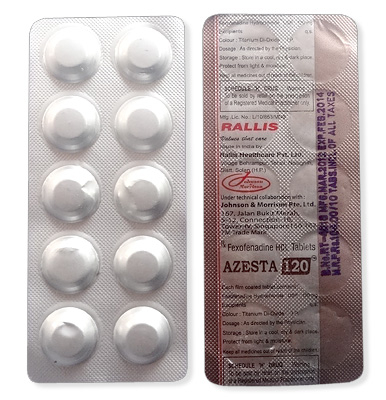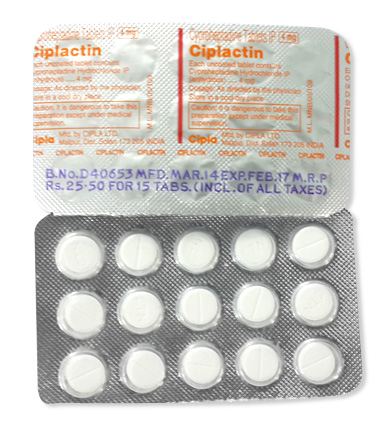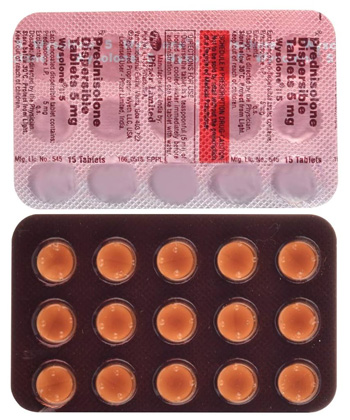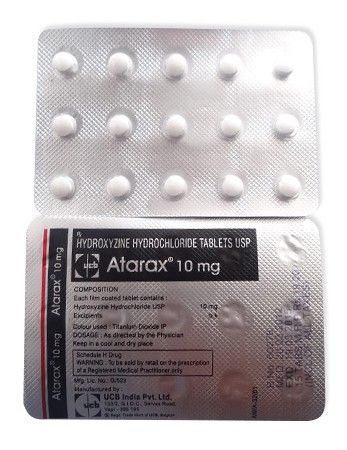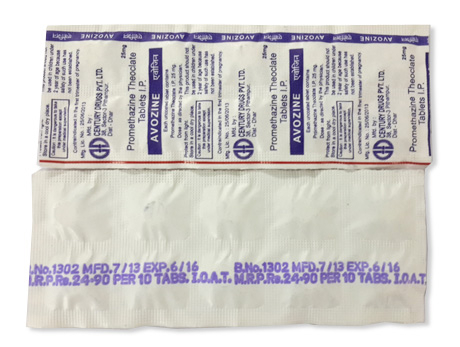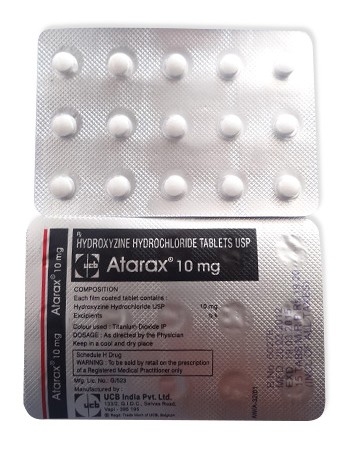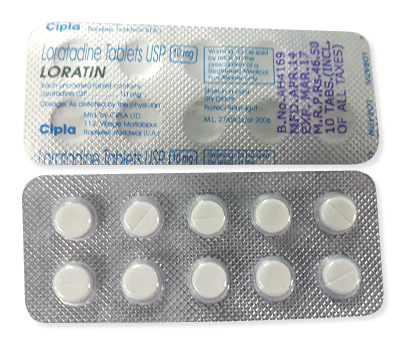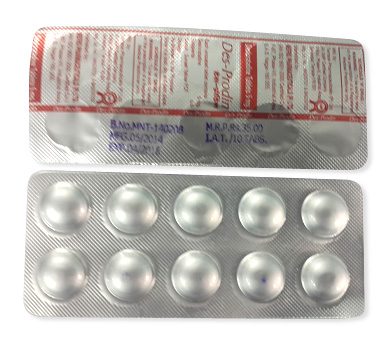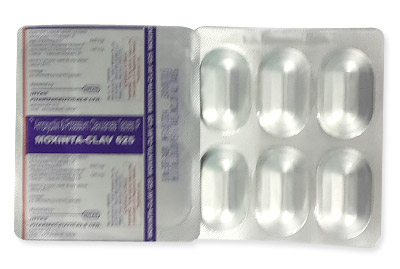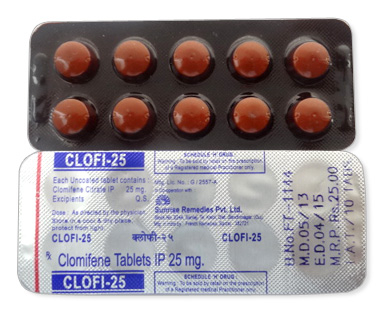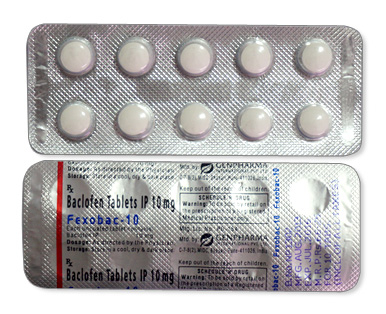Flonase Nasal Spray
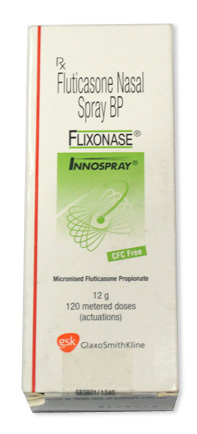
Flonase Nasal Spray
- Flonase Nasal Spray is available without a prescription (OTC) for allergic rhinitis treatment worldwide, including pharmacies and online platforms. Prescription requirements vary by region for specific indications or packaging strengths.
- Flonase treats allergy symptoms like nasal congestion, sneezing, and runny nose caused by seasonal or perennial allergic rhinitis. Fluticasone propionate, a corticosteroid, reduces nasal inflammation and allergic responses by inhibiting histamine release.
- The standard adult dosage is 2 sprays per nostril daily (200 mcg total). Children aged 4–11 use 1 spray per nostril daily (100 mcg total). Dosages may be adjusted following symptom improvement.
- This medication is administered as a metered-dose nasal spray using an upright-positioned bottle.
- The onset of action typically begins within 3–12 hours after first use.
- Full therapeutic effects build over several days with continuous use, requiring daily administration for sustained 24-hour symptom control.
- No specific alcohol interactions are documented. Moderate consumption is acceptable unless advised otherwise by a healthcare provider.
- The most common side effects include nosebleeds (epistaxis), nasal discomfort, headache, sore throat, dry nose, and cough.
- Would you like to try Flonase Nasal Spray without a prescription for effective allergy relief?
Flonase Basics & Key Product Details
| Active Ingredient (INN) | Fluticasone propionate |
| Australian Brand Names | Flixonase |
| ATC Classification | R01AD08 (Respiratory corticosteroid) |
| Available Form | Nasal spray |
| Strength | 50 micrograms per spray |
| Primary Manufacturer | GlaxoSmithKline (GSK) |
| Registration Status | TGA approved |
| Classification | Over-the-counter (OTC) |
Fluticasone propionate, known widely as Flixonase in Australia, belongs to the corticosteroid family of medicines specifically designed for nasal allergy relief. This TGA-approved treatment comes only as a nasal spray delivering 50 micrograms per puff. Australians can access various package sizes through pharmacies, including bottles containing 60, 120, or 144 sprays. While GlaxoSmithKline manufactures the original Flixonase, generic versions may be available through other pharmaceutical suppliers across Australia and Europe.
How Flonase Works: Pharmacology Explained
Fluticasone propionate operates locally in nasal passages through direct anti-inflammatory action. When conventional allergy treatments target histamine pathways, corticosteroids like Flixonase work differently by inhibiting chemical messengers called cytokines and reducing mast cell activity. This dual action decreases swelling, irritation, and mucus production at the source.
The medication displays minimal systemic absorption, with less than 2% entering the bloodstream through nasal tissues. What little gets absorbed undergoes processing in the liver via the CYP3A4 enzymatic pathway before elimination through digestive waste. This localised action pattern significantly reduces potential body-wide side effects.
Important metabolic interactions may occur with strong CYP3A4 inhibitors such as ketoconazole or ritonavir. Combining these medicines could potentially increase fluticasone concentrations, requiring medical supervision according to Australian prescribing guidelines [1]. The low bioavailability ensures most Australians can use Flixonase without significant drug interactions affecting other treatments.
Approved Uses & Special Considerations
Flixonase currently holds TGA approval for managing seasonal allergic rhinitis (hay fever) and year-round perennial allergic rhinitis. Clinical evidence confirms effectiveness against pollen-triggered allergies common during Sydney springtime and indoor allergens causing year-round symptoms. While formally registered for allergy management, Australian healthcare providers sometimes prescribe it cautiously off-label for mild nasal polyps or non-allergy related nasal inflammation under medical oversight.
Special populations require tailored guidance based on Australian medication standards. For ages 4-11, the maximum recommended dosage remains 100 micrograms daily (one spray per nostril). Children under four shouldn't use corticosteroid sprays without specialist recommendation due to potential effects on growth trajectory.
During pregnancy, Flixonase receives Category C classification indicating risk-benefit assessment necessities. Research hasn't definitively ruled out fetal harm potential with Australian prescribing guidelines advising consideration of alternatives if clinically appropriate. Breastfeeding mothers considering Fluticasone should discuss infant exposure possibilities with healthcare providers before initiating treatment.
Dosage Guidelines & Adjustments
Flonase dosing depends on age and symptom severity. Most adults start with 4 sprays total daily:
| Age Group | Standard Dosage | Special Considerations |
|---|---|---|
| Adults & teens (12+) | 2 sprays per nostril once daily (200 mcg) | May reduce to 1 spray/nostril for maintenance |
| Children (4-11 years) | 1 spray per nostril once daily (100 mcg) | Supervise administration; not for under 4s |
Missed doses require careful handling. Take the skipped spray immediately if remembered within a few hours. If nearing the next scheduled dose, skip entirely rather than doubling up. Consistency yields best results - effects build over days.
Specific adjustments apply to medical conditions:
- Hepatic impairment: No formal dose change but monitor for corticosteroid accumulation
- Renal issues: No routine adjustment required
- Elderly patients: Standard regimens appropriate unless significant comorbidities exist
Continuous daily use through allergy seasons provides optimal relief. Symptoms typically diminish within 12 hours, with full benefits emerging after 3-4 days of consistent use.
Contraindications & Side Effects
When Flonase Must Be Avoided
Certain conditions prohibit Flonase use entirely:
- Absolute avoidance: Confirmed hypersensitivity to fluticasone propionate or ingredients
- Active infections: Untreated nasal herpes, tuberculosis, or fungal infections
Precautions Requiring Medical Oversight
Physician consultation is essential before starting Flonase if you have:
- Recent nasal surgery or septal ulcers
- Glaucoma or cataracts
- Active tuberculosis or untreated systemic infections
- Severe liver disease
Possible Side Effects
While many tolerate Flonase well, potential reactions include:
- Common: Nosebleeds, nasal dryness, headache (affect 10-20% of users)
- Less frequent: Sore throat, cough, nausea
- Rare: Oral candidiasis, vision disturbances, hypersensitivity reactions
Nasal septum perforation represents an extremely uncommon risk with long-term overuse. Discontinue immediately with bloody discharge or nose pain.
Real Australian Patient Insights
Australian users consistently report key experiences:
- Onset timing: 70% note improvement within 24-48 hours of first doses
- Effectiveness: Significant seasonal symptom relief cited by 85% of persistent users
- Side effects: Nasal dryness affects 25%; nosebleeds reported by 15% adjusting technique resolves many issues
Practical administration challenges emerge in forums:
- Parents stress consistent child dosing schedules
- Some note metallic taste if spray technique angles downward
- Shift workers praise non-sedating formula versus oral antihistamines
Community sentiment overall rates Flonase positively for accessibility and allergy control.
Competitor Comparison for Australians
Australian pharmacists highlight key differences:
| Product | Active Ingredient | Pricing (AUD*) | Key Differences |
|---|---|---|---|
| Flonase | Fluticasone | $15-22 | 24-hour relief; dual-action formula |
| Rhinocort | Budesonide | $16-19 | Fewer preservatives; pregnancy category A |
| Nasonex | Mometasone | $22-26 | Approved for nasal polyps; prescription strength |
| Generic options | Fluticasone | $11-16 | Equivalent efficacy; variable device design |
*Prices reflect typical pharmacy ranges for 60-120 dose packs
Clinical guidelines position Flonase alongside Rhinocort as first-line OTC options. Nasonex often gets reserved for complex cases.
Where to Find Flonase in Australia
Fluticasone nasal spray is widely available across Australian pharmacies including major chains like Chemist Warehouse and Terry White. Pricing typically ranges from AUD$15 for generic versions to AUD$25 for branded Flonase®. The most common packaging available locally is the 120-spray bottle, though smaller travel sizes may also be stocked. Pharmacists note predictable seasonal demand spikes during spring hay fever season. Unlike prescription medications, this over-the-counter option hasn't experienced COVID-related supply disruptions.
| Retailer | Generic Price Range | Branded Price Range |
|---|---|---|
| Chemist Warehouse | AUD$14-17 | AUD$21-25 |
| Terry White Chemmart | AUD$15-18 | AUD$22-26 |
| Amcal pharmacies | AUD$16-19 | AUD$24-28 |
Discount nasal sprays often appear during winter months when retailers clear hay fever stock, particularly in colder regions like Perth where pollen seasons vary.
Current Research and Availability Status
A 2023 systematic review confirmed fluticasone propionate's efficacy and safety profile for extended use beyond 12 continuous months. With patent expiry now established, multiple generic alternatives remain readily accessible through both community pharmacies and online retailers.
Key research highlights include:
- No significant growth suppression observed in pediatric patients using standard doses
- Emerging investigation into nasal microbiome interactions with corticosteroid sprays
- Ongoing trials examining combination therapies for treatment-resistant cases
Identical generic formulations are marketed globally under varying names - Flixonase® in the UK, Flonase® generics in the US, and multiple pharmacy-brand equivalents in Australia. The medication maintains consistent bioavailability across international brands.
Frequently Asked Questions
Common concerns Australian users express include:
Can I drive after using Flonase?
Yes, driving is safe as fluticasone doesn't cause drowsiness like oral antihistamines.
Is Flonase covered on PBS?
No, this remains a private over-the-counter purchase without Pharmaceutical Benefits Scheme subsidy.
Can I use Flonase while pregnant after discussing with my obstetrician?
Limited absorption makes it potentially safer than oral steroids, but always consult your prenatal team.
Do I need to shake the bottle before spraying?
Suspension formulas require gentle shaking to disperse medication evenly through the liquid.
Will Flonase affect my sense of taste?
Temporary taste disturbances occasionally occur but typically resolve within days.
Can I share my nasal spray bottle with family members?
Sharing risks cross-contamination - each person needs their own device.
Using Flonase Correctly
Proper administration techniques ensure optimal results:
- Gently shake container before priming
- Tilt head slightly forward away from the septum
- Exhale then inhale slowly during spray release
- Wipe nozzle weekly with alcohol wipe
- Maintain upright storage between 20–25°C
Avoid skipping priming sprays when restarting after breaks and never exceed prescribed doses even during severe allergy flare-ups. Regular nozzle maintenance prevents medication crystallisation that could block spray mechanisms.

